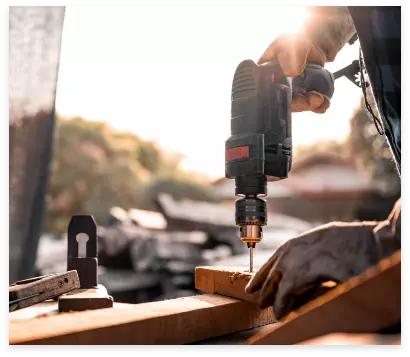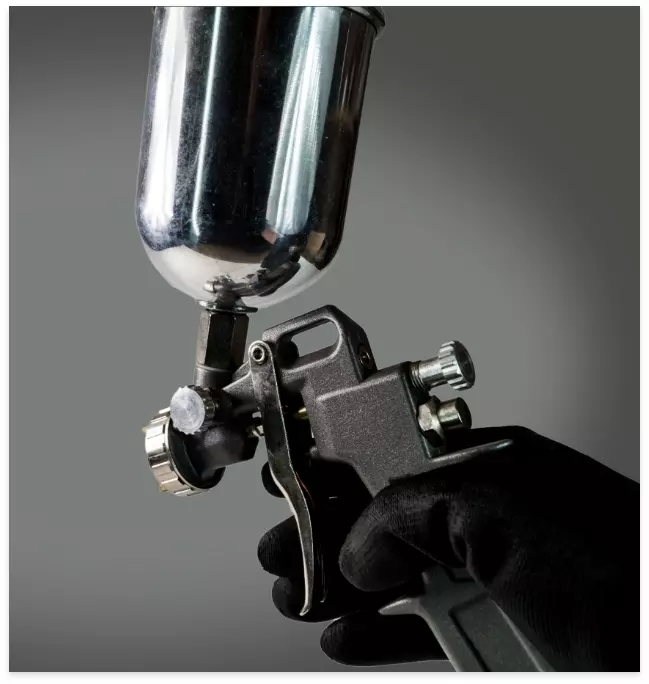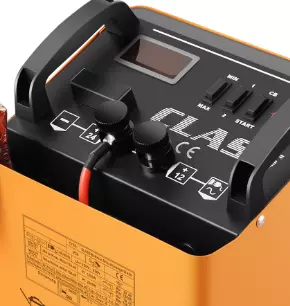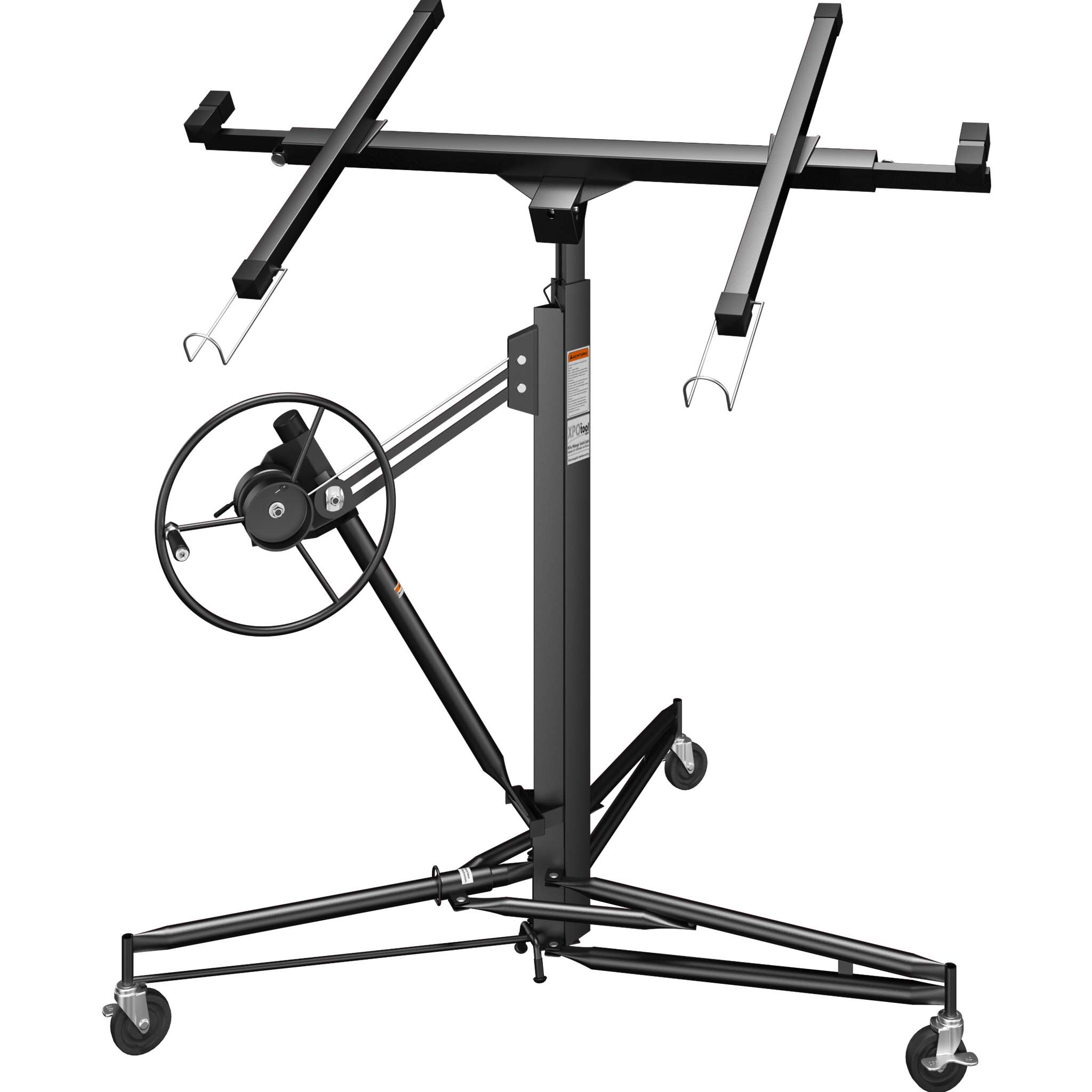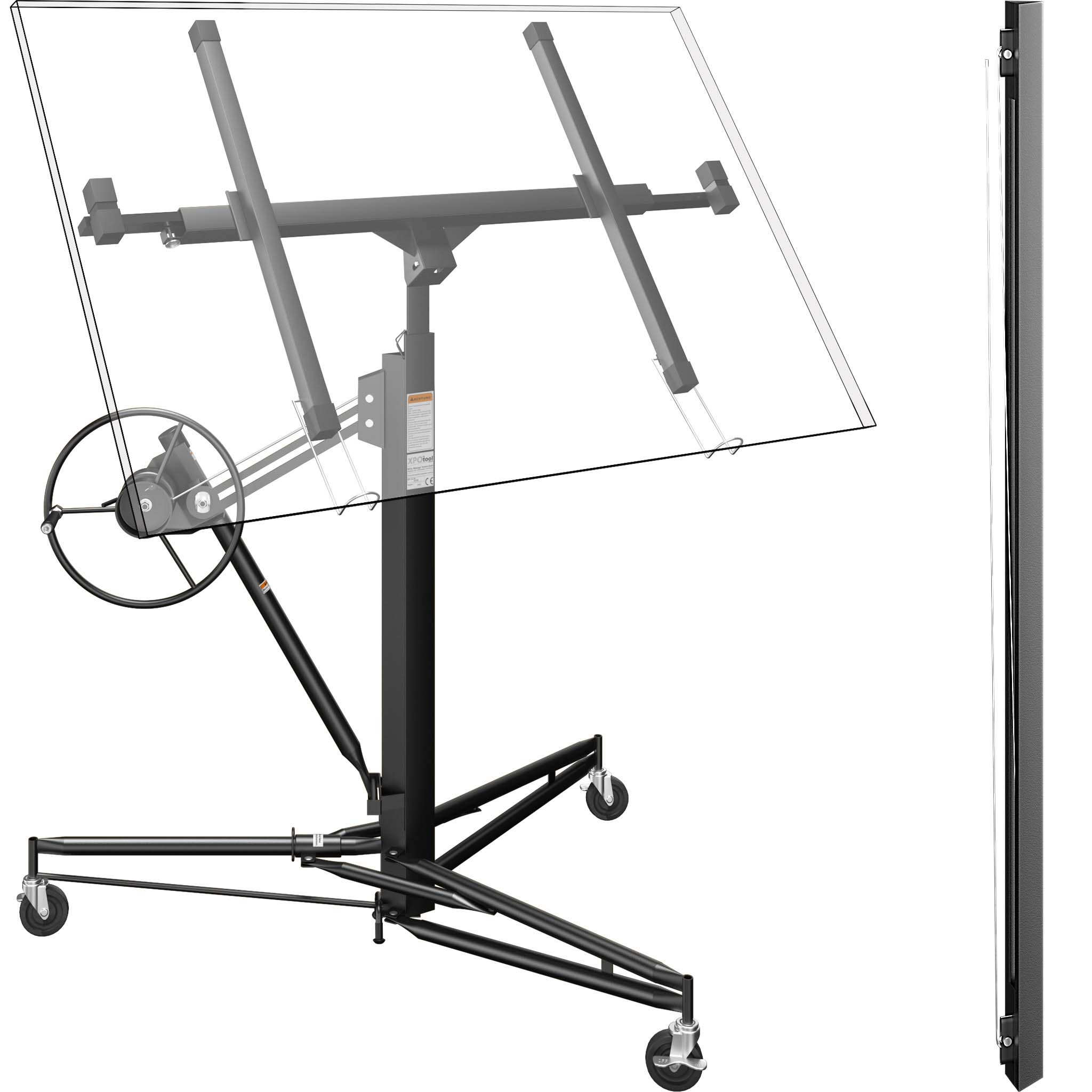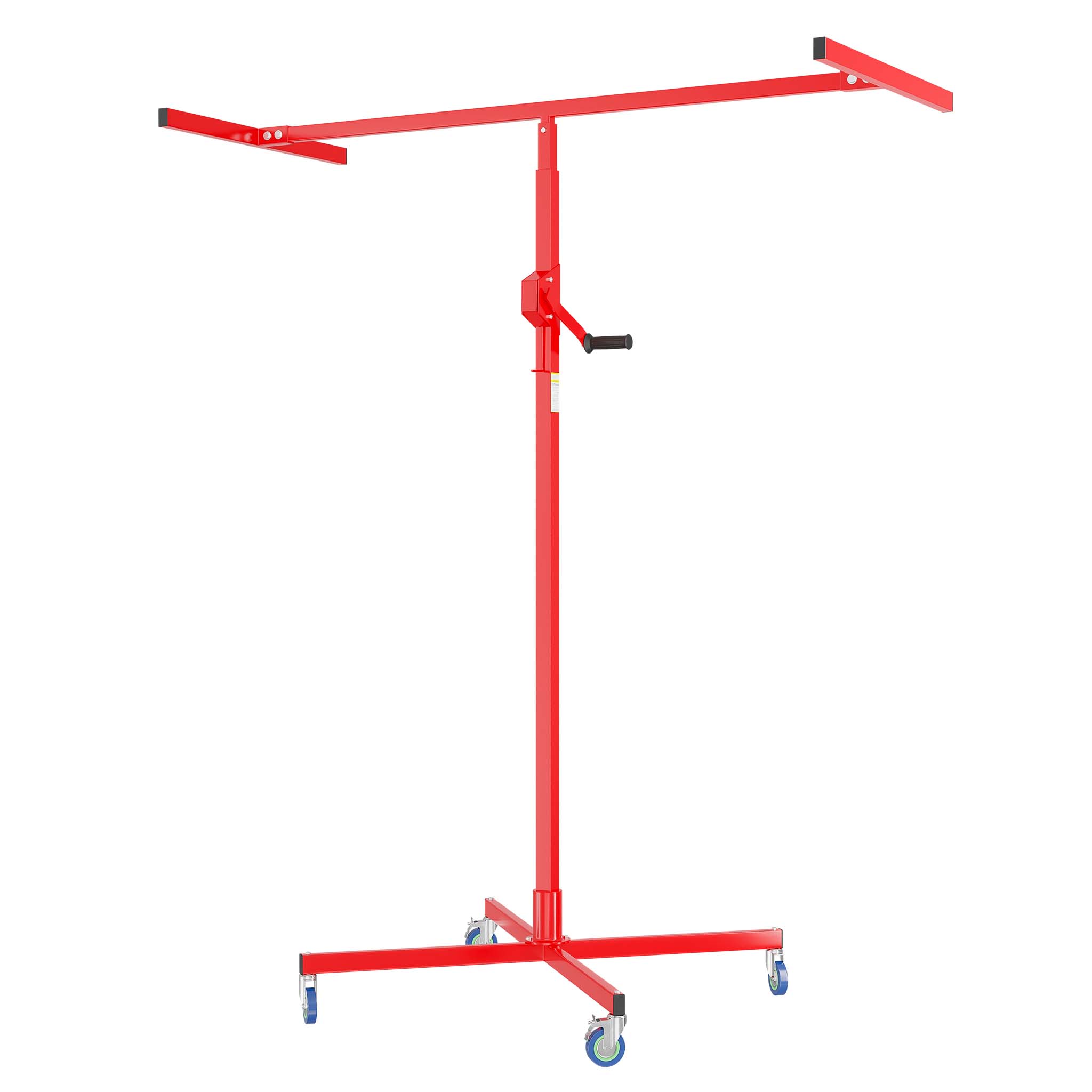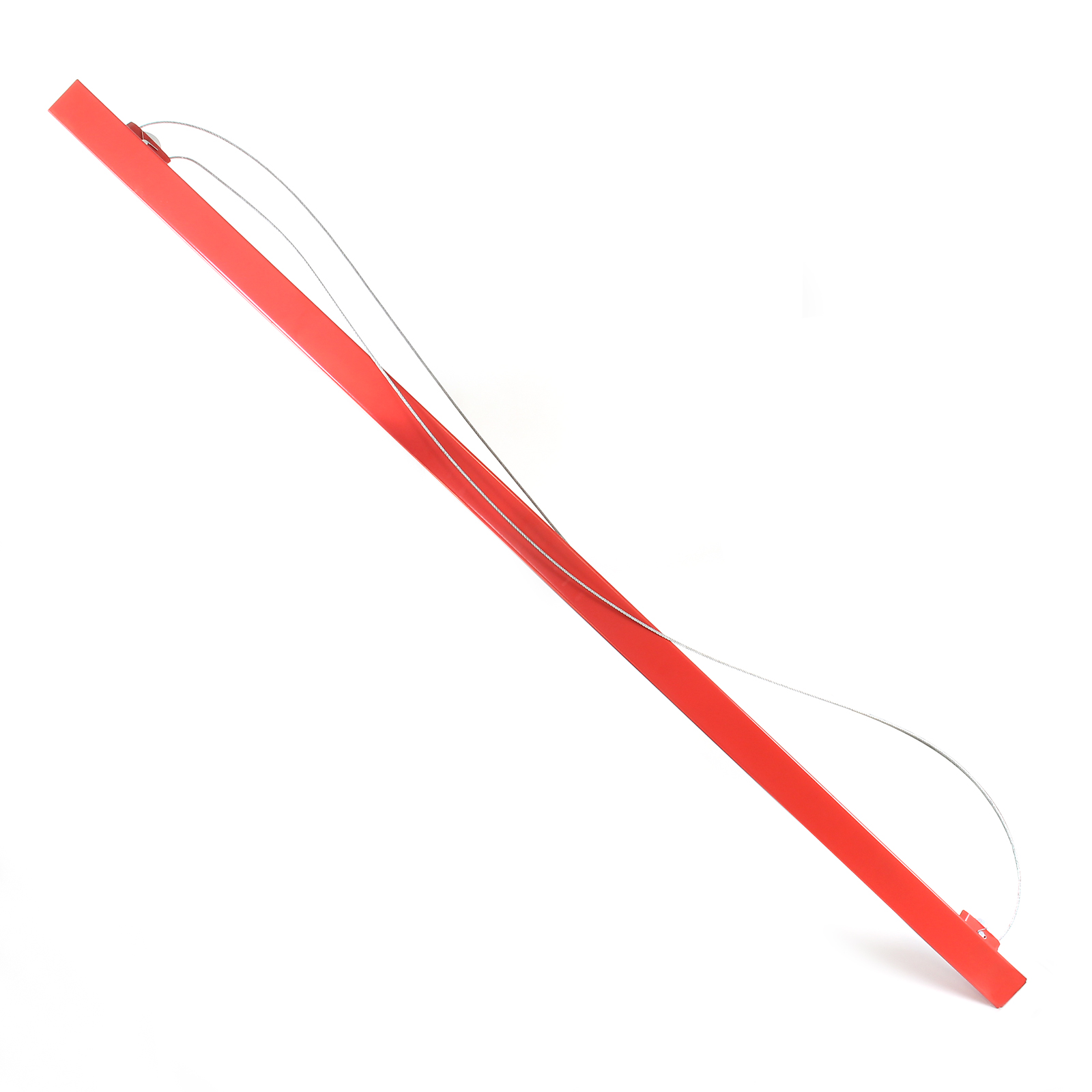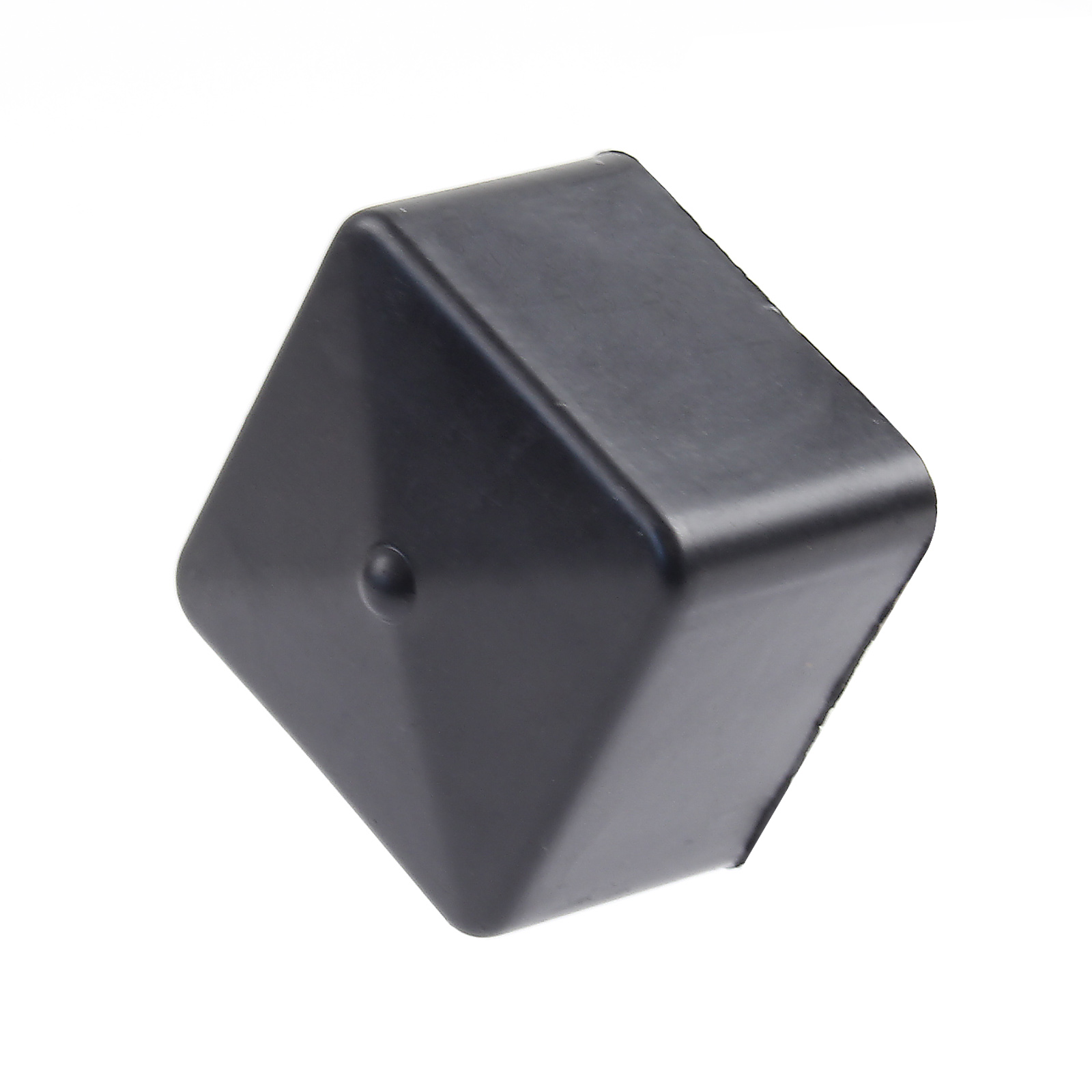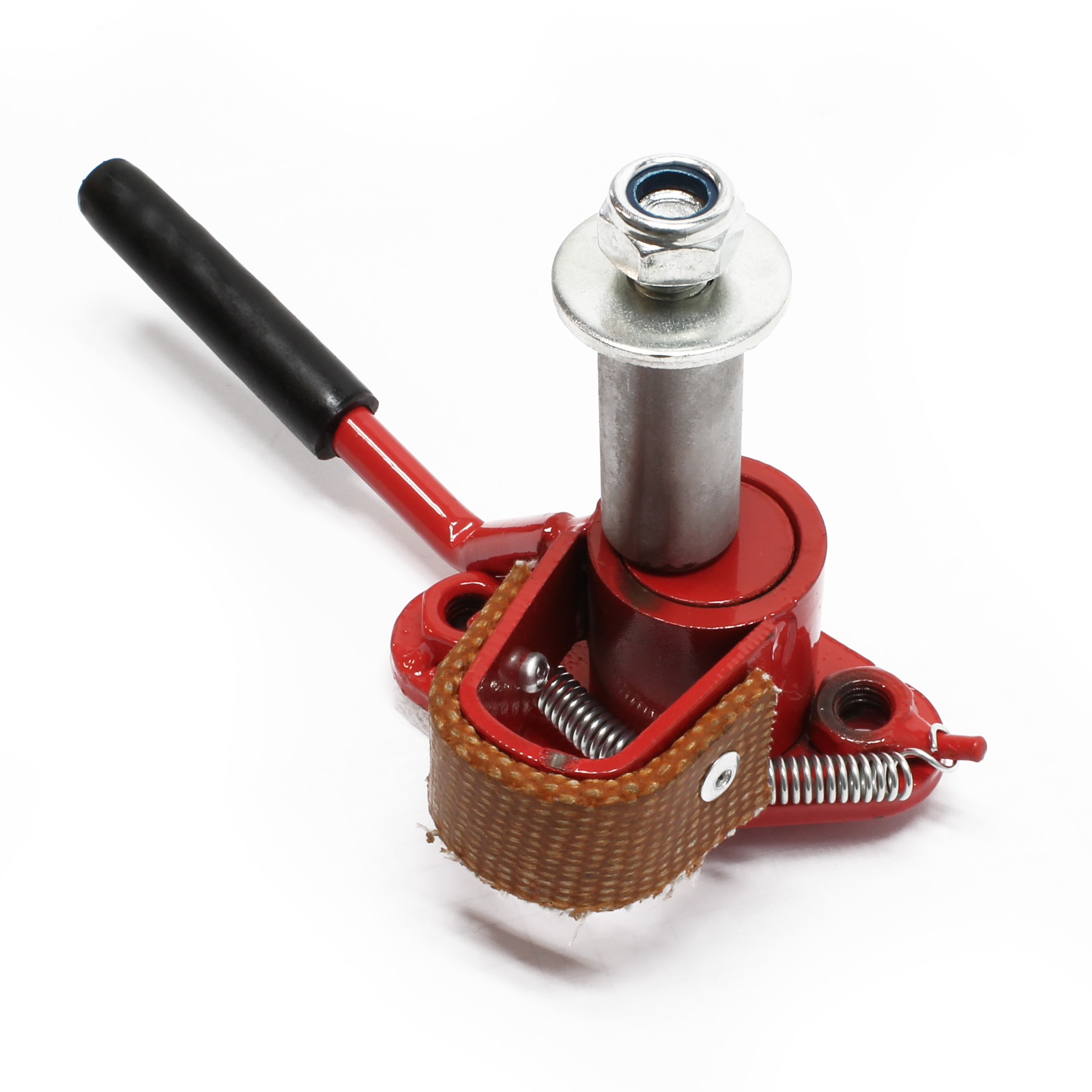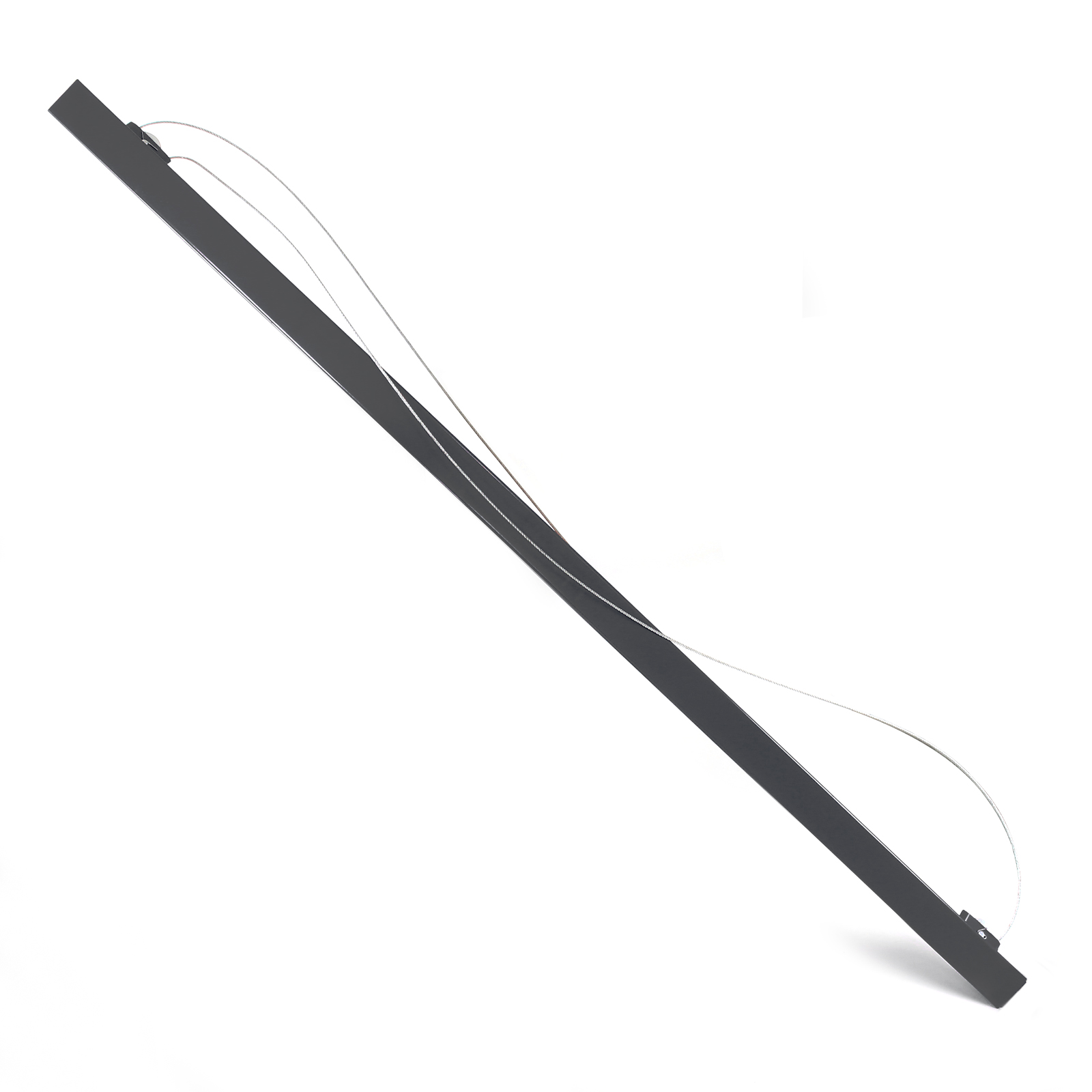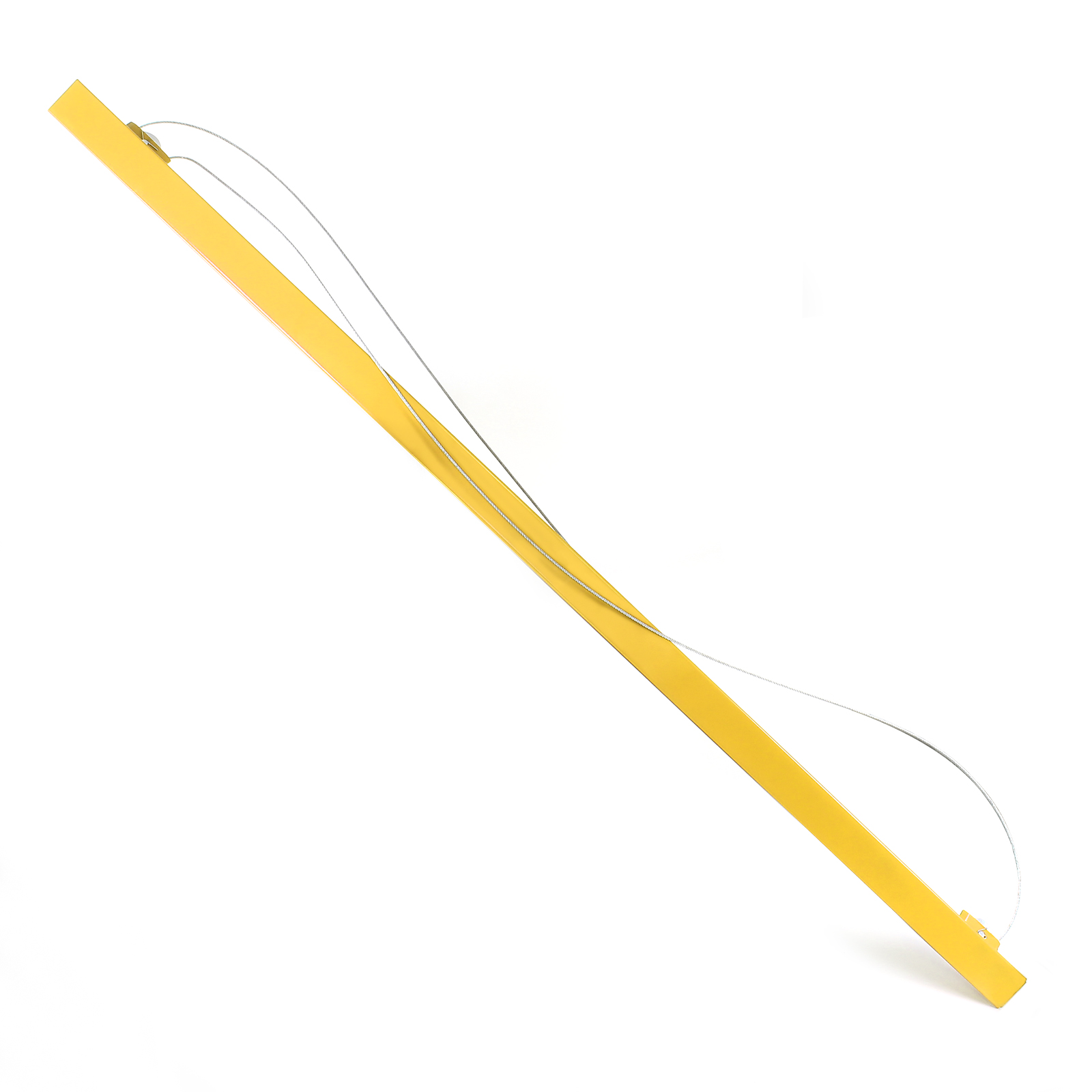Available, delivery time: 2 - 3 days
• Working width: up to 2,90 m
• Load: 68 kg (150 lbs)
Available, delivery time: 2 - 3 days
• Working width - up to 2,90 m
• Load - 68 kg / 150lbs
Available, delivery time: 2 - 3 days
• and 140 cm-extension
• 3 lockable castors
• Up to 68 kg load capacity
• Working height up to 4,65 m
• Working width up to 2,90 m
Available, delivery time: 2 - 3 days
• Workint width: up to 2,90 m
• Load: 68 kg / 150 lbs
Available, delivery time: 2 - 3 days
• Plate holder 175 x 73 cm
• Adjustable working height 170–290 cm
• E.g., for drywall construction and interior fittings
• Mounting options: overhead/pitched ceiling/wall
Available, delivery time: 2 - 3 days
• Adjustable working height: 190–330 cm
• Installation aid for drywall and finishings
• Installation: overhead or ceiling/wall
• With two fixing brakes
Available, delivery time: 2 - 3 days
• for Drywall Lift & Sheetrock Lifter Panel Hoist mounting aid XXL
Available, delivery time: 2 - 3 days
• for XXL Drywall Lift & Sheetrock Lifter Panel Hoist
Available, delivery time: 2 - 3 days
• for XXL Drywall Lift & Sheetrock Lifter Panel Hoist
Available, delivery time: 2 - 3 days
• Spare part for drywall lift devices
Available, delivery time: 2 - 3 days
• Work height adjustable from 188 to 487 cm
• Perfectly suitable for drywall and interior work
• Possible ways of installation: over-head/pitched roof/wall
• With three guide rollers and fixing brakes
Available, delivery time: 2 - 3 days
• for XXL Drywall Lift & Sheetrock Lifter Panel Hoist
Available, delivery time: 2 - 3 days
• Installation aid
• Extendable by 1,40 m
Available, delivery time: 2 - 3 days
• Adjustable working height: 196–330 cm
• Installation aid for drywall and finishings
• Installation: overhead or ceiling/wall
• With five fixing brakes
Currently not available
• for Pro Drywall Lift & Sheetrock Lifter Panel Hoist mounting aid
Plattenheber für Ihr nächstes Projekt
Entdecken Sie den idealen Helfer für Ihr nächstes großes Projekt! Ob Rigipsplattenheber, einen Plattenlift oder Zubehör Material. Bei Wiltec finden Sie zuverlässige Plattenheber, die Ihnen die Arbeit deutlich erleichtern wird – diese praktischen Geräte ermöglichen Ihnen das Anheben und Transportieren schwerer Platten enorm. Schluss mit mühseligen Anheben und unangenehmen Arbeiten!
Unsere verschiedenen Modelle bieten vielseitige Lösungen für Ihre individuellen Anforderungen. Profitieren Sie von den zahlreichen Vorteilen, die Ihnen diese innovativen Plattenheber bieten. Einen Plattenheber kauft man sich einmal und profitiert davon ein Leben lang. Freuen Sie sich auf eine unkomplizierte Handhabung für verschiedene zukünftige Anwendungsgebiete. Achten Sie stets auf die Sicherheitsaspekte und die regelmäßige Wartung, um optimale Leistung und Langlebigkeit zu gewährleisten. Machen Sie Ihr nächstes Projekt zum Erfolg – mit unseren hochwertigen Plattenträgern.
Anheben und Transportieren schwerer Platten
Das Anheben und Transportieren schwerer Platten wird mit dem richtigen Plattenheber zum Kinderspiel. Selbst für Laien stellt die Arbeit keine große Herausforderung dar. Ganz gleich, ob Sie Rigipsplatten oder Terrassenplatten anheben und verbauen möchten, ein Plattenheber macht es Ihnen im Prozess deutlich einfacher.
Platzieren Sie den Plattenheber in der Nähe der zu hebenden Platte und justieren Sie ihn entsprechend der Größe. Anschließend bringen Sie den Heber vorsichtig unter die Platte und stellen die gewünschte Höhe ein. Durch leichtes Pumpen oder Bedienen des Hebemechanismus wird die Platte angehoben und kann mühelos bewegt werden. Vergessen Sie nicht, die Sicherheitshinweise des jeweiligen Plattenhebers zu beachten, um das Risiko von Verletzungen zu minimieren. Die jeweiligen Anleitungsschritte können Sie bequem von Zuhause der beigelegten Bedienungsanleitung entnehmen.

Verschiedene Modelle im Überblick
Entscheiden Sie sich für einen Plattenheber von Wiltec, so bietet dieser eine breite Vielfalt an Möglichkeiten, um Ihre Projekte effizient zu bewältigen. Es gibt verschiedene Arten, wie hydraulische Plattenheber, elektrische Plattenheber aber manuelle Plattenheber, die sich durch ihre bezahlbare und dennoch robuste Bauweise auszeichnen.
Wenn Sie Terrassenplatten verarbeiten möchten oder im Trockenbau arbeiten, sind diese manuellen Plattenheber die perfekte Wahl. Einer unserer beliebtesten Plattenheber ist der Wiltec Plattenheber mit einer zusätzlichen 140 cm Verlängerung. Mit diesem Plattenlift wird das Anheben und Positionieren von Terrassenplatten zum Kinderspiel. Egal, ob für den Heimgebrauch oder professionelle Projekte – unsere manuellen Plattenheber garantieren eine reibungslose und kostengünstige Handhabung. Entdecken Sie noch heute das umfangreiche Zubehör und setzen Sie auf die Qualität unserer Plattenträger für eine sorgenfreie Arbeitserfahrung.
Vorteile zusammengefasst
✓ Leichtes Anheben und Positionieren von schweren Fliesen, Betonplatten und Pflastersteinen.
✓ Reduziertes Risiko von Verletzungen und körperlicher Belastung.
✓ Effiziente Arbeitsabläufe durch müheloses Handling der Platten.
✓ Kostengünstige Lösung im Vergleich zu teuren Maschinen oder Geräten.
✓ Vielseitigkeit für verschiedene Anwendungen im Trockenbau, Terrassenbau und mehr.
✓ Langlebige und robuste Konstruktion gewährleistet langfristige Nutzung.
✓ Ideal für den Heimgebrauch und professionelle Bauprojekte.
✓ Erhöhte Genauigkeit und Präzision bei der Positionierung der Platten.
Zukünftige Anwendungsgebiete
Alle Heber in unserem Onlineshop werden Sie durch ihre Benutzerfreundlichkeit beeindrucken. Egal, ob Sie planen Ihre Terrasse, Ihren Gartenweg oder mögliche Einfahrten zu gestalten, unsere Steinplattenheber werden Sie hinsichtlich einer einfachen Handhabung nicht enttäuschen. Tauchen Sie ein in eine Welt voller Effizienz und Präzision und lassen Sie sich von unserem Sortiment begeistern.Hier sind einige Bereiche, in denen sie wertvolle Unterstützung leisten können:
Innenausbau und Trockenbau:
Einfaches Anbringen von Gipskartonplatten und Rigips, um Wände und Decken zu gestalten.
Fliesenverlegung:
Müheloses Heben und Platzieren von Fliesen für Boden- und Wandbeläge.
Terassen & Gartenbau:
Leichteres Handling von Steinplatten für die Gestaltung von Terrassen, Gartenwegen und Einfahrten.
Renovierungsprojekte:
Unterstützung bei der Demontage und Montage von Materialien in umfangreichen Renovierungsarbeiten.
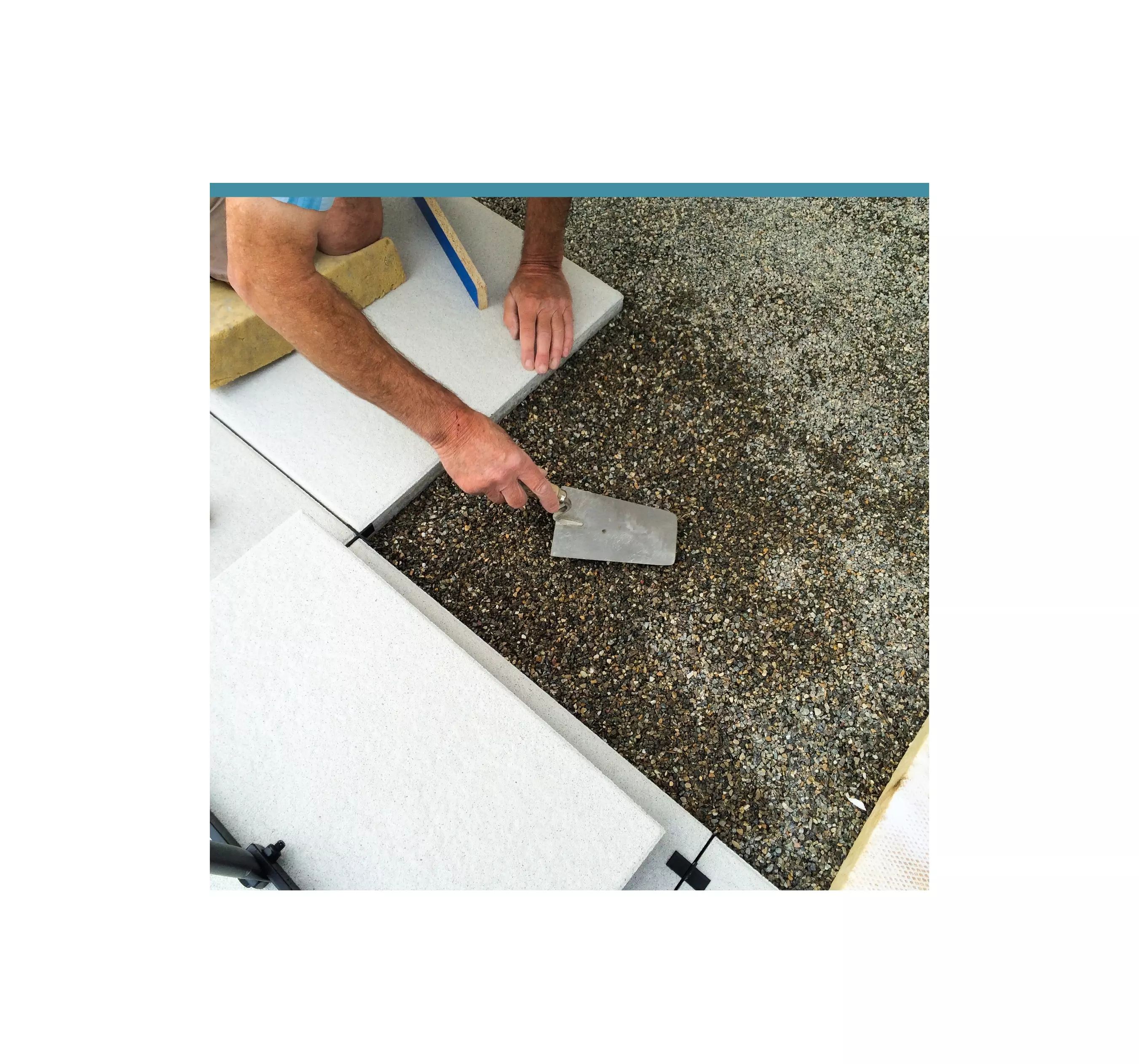
Wartung von Plattenhebern
Eine regelmäßige Wartung ist entscheidend, um Leistungsfähigkeit und Sicherheit zu gewährleisten. Führen Sie regelmäßige Inspektionen durch, um Verschleißerscheinungen frühzeitig zu erkennen und potenzielle Probleme zu vermeiden. Überprüfen Sie die Funktionstüchtigkeit der Hebemechanismen, die Stabilität der Tragearme und die Verschraubungen.
Zusätzlich ist die richtige Lagerung und Aufbewahrung der Plattenheber von Bedeutung. Lagern Sie sie an einem trockenen und sauberen Ort, um Korrosion und Schäden zu verhindern. Achten Sie darauf, dass keine anderen schweren Gegenstände auf den Plattenträgern lasten, um Verformungen zu vermeiden.
Durch eine gewissenhafte Wartung und sorgfältige Lagerung können Sie die Lebensdauer Ihrer Plattenheber verlängern und sicherstellen, dass sie Ihnen bei Ihren zukünftigen Projekten zuverlässig zur Seite stehen.
Sicherheitsaspekte berücksichtigen
Bei Arbeiten mit einem manuellen Plattenheber ist es von größter Bedeutung, Sicherheitsaspekte zu berücksichtigen. Hier sind einige Punkte, auf die Sie achten sollten, um das Risiko von Verletzungen zu minimieren und Schutz für Ihr Umfeld zu gewährleisten:
✓ Gründliche Einweisung: Bevor Sie den Plattenträger verwenden, lesen Sie die Bedienungsanleitung sorgfältig durch und achten Sie auf die richtige Handhabung.
✓ Maximale Traglast Überprüfen Sie stets die angegebene maximale Traglast des Plattenträgers, um Überlastung zu vermeiden.
✓ Stabile Untergründe Verwenden Sie den Plattenträger nur auf stabilen und ebenen Untergründen, um ein sicheres Arbeiten zu gewährleisten.
✓ Sicherer Stand: Stellen Sie sicher, dass der Plattenträger fest auf dem Boden steht und keine Instabilität besteht.
✓ Schutzkleidung: Tragen Sie bei Bedarf Schutzkleidung wie Handschuhe, um Verletzungen zu minimieren.
Zusammenfassung
Plattenheber in verschiedenen Ausführungen sind unverzichtbare Werkzeuge für unterschiedliche Bauprojekte. Sie ermöglichen ein müheloses Anheben und Transportieren von Beton, Stein- oder Rigips Platten, sowie anderen Materialien.
Nehmen Sie sich vor dem ersten Gebrauch die Zeit und lesen Sie sich die Sicherheitsaspekte gründlich durch, um Verletzungen zu vermeiden. Regelmäßige Wartung gewährleistet eine langfristige und zuverlässige Nutzung der Plattenheber. Mit ihrer vielseitigen Anwendung und Präzision sind diese Plattenträger die perfekte Unterstützung für professionelle Bauvorhaben und DIY-Projekte gleichermaßen. Investieren Sie in qualitativ hochwertige Trockenbau Plattenheber und erleichtern Sie sich Ihre Arbeit in jedem Bauprojekt!


